Bundesbank President Joachim Nagel, in his remarks at a conference overnight, suggested an element of uncertainty regarding further ECB rate hikes, adding that will be “data driven.”
However, he expressed a belief that ECB is “close to that level we see as the terminal rate,” and added, “rates will stay where they are for a while.”
On a positive note, Nagel observed that inflation is on the decline, describing it as “a greedy beast” that ECB is actively working to tame. He expressed confidence in ECB’s strategy, projecting that it is on track to bring inflation closer to its 2% target over the next 12-15 months.
Despite this optimistic view on inflation, Nagel cautioned that there are still risk factors that could spur another round of inflation. He acknowledged the uncertainty in predicting future economic developments, concluding with “So nobody knows” what’s next.




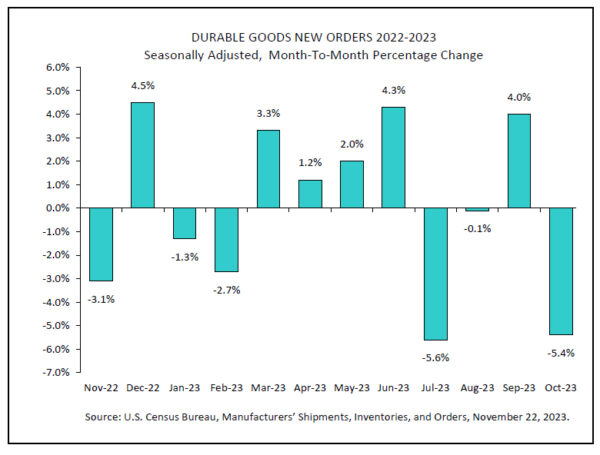
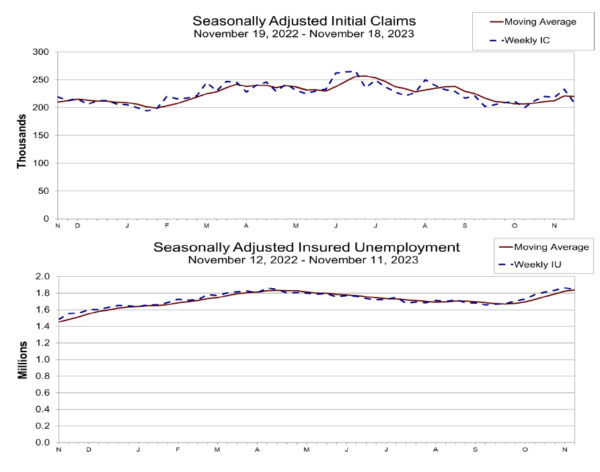
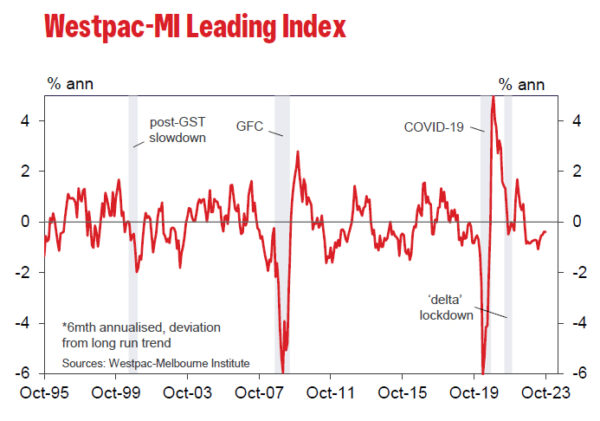
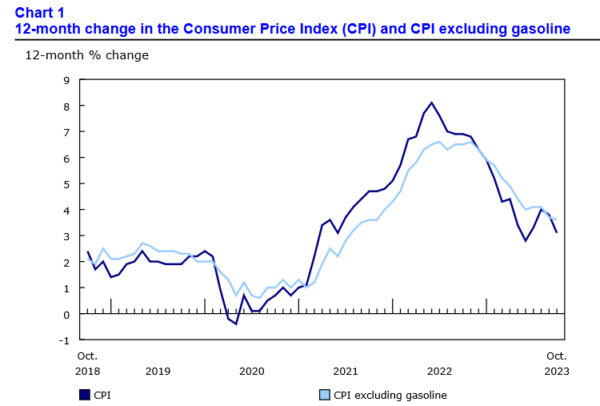
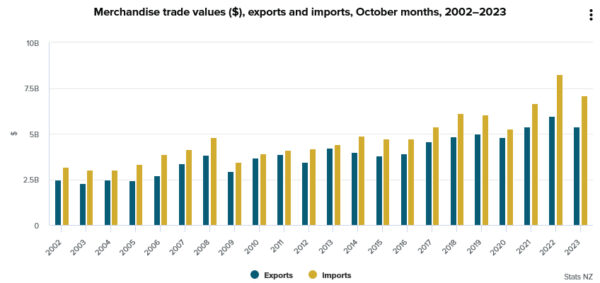
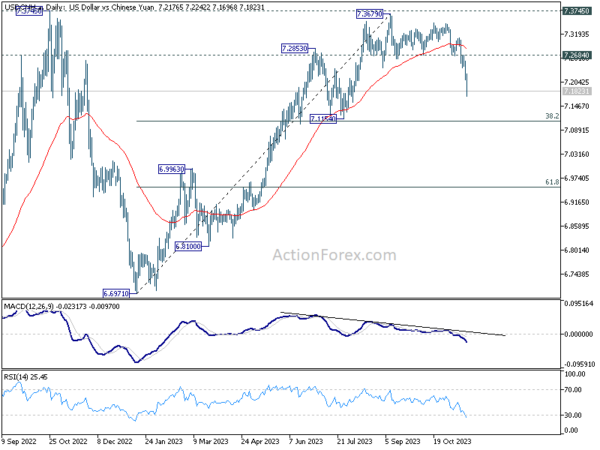
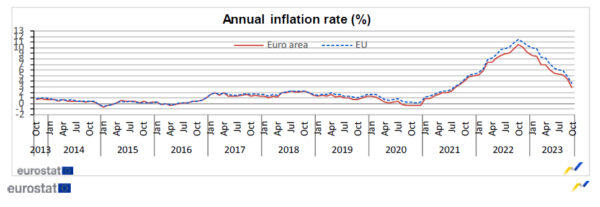

BoC’s Macklem: Interest rates may now be restrictive enough
BoC Governor Tiff Macklem, at an event overnight, acknowledged monetary tightening is “working”. He suggested that the existing level of interest rates might be “restrictive enough” to achieve price stability.
Addressing the economic outlook, Macklem anticipates a period of softness in the near future. He noted, and highlighted the dissipation of excess demand that previously facilitated easier price increases in the economy.
Despite this outlook, Macklem reiterated BoC’s willingness to increase rates again if the situation warrants.
Macklem’s comments also came in the wake of the government’s Fall Economic Statement, which he believes aligns with the central bank’s objectives.
He remarked positively on the statement’s implications that the government is “not adding new or additional inflationary pressures,” Macklem said. Furthermore, he appreciated the introduction of new “fiscal guardrails”, considering them beneficial from a monetary policy perspective.